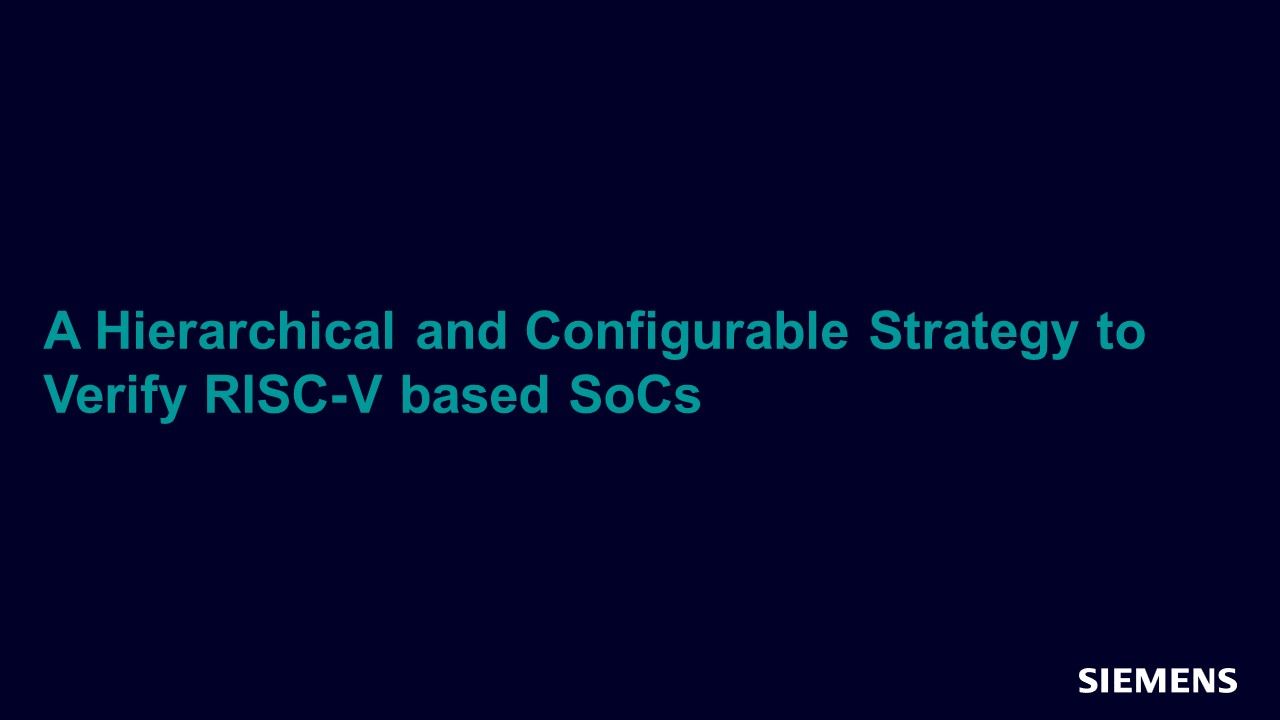A Hierarchical and Configurable Strategy to Verify RISC-V based SoCs
This article outlines a hierarchical and configurable verification strategy for RISC-V based IP and SoCs. A three-level (unit, core and SoC) hierarchy is proposed for testbenches. Each level of the hierarchical testbench is configurable for both architectural and micro-architectural parameters. At the heart of the verification strategy is an ISG (Instruction Stream Generator) and a UVM testbench.

Full-access members only
Register your account to view A Hierarchical and Configurable Strategy to Verify RISC-V based SoCs
Full-access members gain access to our free tools and training, including our full library of articles, recorded sessions, seminars, papers, learning tracks, in-depth verification cookbooks, and more.